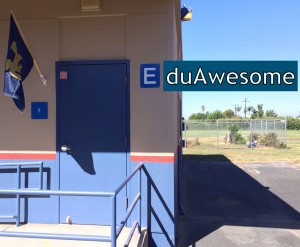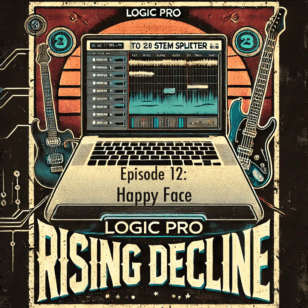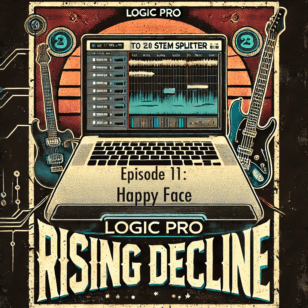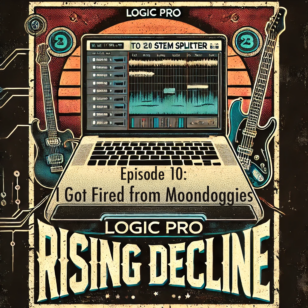I was all set to write my final reflection for Leading Edge Certification. I had my sparkling water, music to help me focus, and the ISTE NETS-T and Essential Conditions opened in background tabs. I reviewed my coursework and reflections, and reread the NETS-T. Then, I read the Essential Conditions for the first time, and everything changed.
The Essential Conditions are described as:
necessary conditions to effectively leverage technology for learning.
I’m not sure if had never read these, or just never thought about the conditions in my district. Looking at these 14 conditions–Shared Vision, Empowered Leaders, Implementation Planning, Consistent and Adequate Funding, Equitable Access, Skilled Personnel, Ongoing Professional Learning, Technical Support, Curriculum Framework, Student-Centered Learning, Assessment and Evaluation, Engaged Communities, Support Policies, Supportive External Context–our district is supporting or implementing zero of these. Personally, I am seeking out several of these, namely Ongoing Professional Learning and Engaged Communities. The LEC coursework had formalized my thinking on what it means to be a digital educator. I think the next step is to look at technology integration at the district level. I tend to find solutions that work for me, but don’t look at these problems systemically. For example, we do not have equitable access to devices or infrastructure like wifi in our district. I work around this by paying for a personal hotspot so that my iPad can access the internet in every part of my classroom. This works for me and my students, but fails to meet the Essential Conditions district-wide. The same could be said for Ongoing Professional Learning and Engaged Communities–I seek these out on my own. It seems that our district needs to make a shift to address these conditions if any growth is truly going to happen.
Fortunately, the LEC coursework aligns well with the ISTE NETS-T. I have recently been added to our district’s technology committee to pilot iPads and Apple TVs in the classroom. Part of this committee is to train other teachers, and develop an action plan for the district. Most of the discussion pieces from LEC DE could be conversations in that committee. The Essential Conditions could become district-wide goals, and the NETS-T could become the driving force behind the iPad rollout and implementation.
As we talk about a shared vision for technology integration in my district, it’s important for me to assess my own strengths and needs as an educator. Undoubtedly, my background and strengths will influence how I think tech implementation should occur.
Engage in Professional Growth and Leadership: I am eduawesome at this. From Twitter to Edcamps to CUE and ISTE, I connect with other educators globally to creatively integrate technology into the classroom. But, most teachers do not. As we roll out iPads into classrooms at our district, it’s important to connect teachers with resources and like-minded educators. We need to create a culture that aids in achieving the Essential Condition Ongoing Professional Learning: technology-related professional learning plans and opportunities with dedicated time to practice and share ideas.
Looking at ISTE NETS-T Standards 1-3–Facilitate and Inspire Student Learning and Creativity, Design and Develop Digital Age Learning Experiences and Assessments, & Model Digital Age Work and Learning–I’m reminded of the SAMR Model. Here’s a quick overview:
The four levels of SAMR are Substitution, Augmentation, Modification, and Redefinition. It’s so easy to fall into the Substitution model. We’ve been redesigning the chalkboard for years. It’s moved from overhead projectors to whiteboards to interactive whiteboards, but the overwhelming usage remains exactly the same as a chalkboard. My fear is that as I integrate technology into my classroom, I will simply substitute the new tech for the old/non-tech. Looking to my district, I hope that we have time to collaboratively plan lessons that modify or redefine our old lessons. Further, I hope we get time to practice this together before having to implement it in our classrooms. I just don’t have time to rethink every lesson this year–I’m teaching a new grade level. And I know that the vast majority of my colleagues are interested in tech, but not proficient. They have the same problem: we need time to talk and figure out how it’s going to look.
My plan this year is to combine my ed tech expertise with my colleague’s grade-level expertise. We need to create this same environment at the district level to develop a shared vision of how we are integrating technology into the classroom, and, more importantly, how that will redesign student learning.



